My first introduction to modeling an AMS behavior using a language was back in the 1980’s at Silicon Compilers using the Lsim simulator. Around the same time the VHDL and Verilog languages emerged to handle the modeling of both digital and some analog behaviors. The big reason to model analog behavior with a language is for… Read More
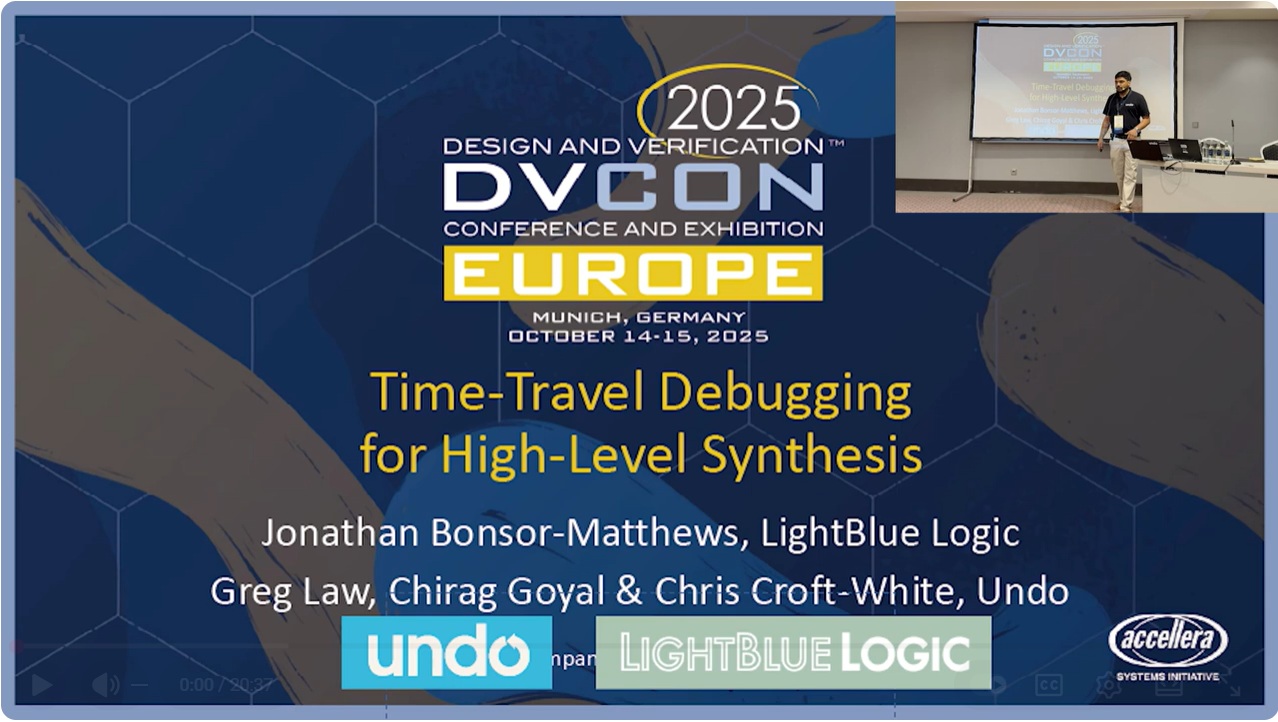 Revolutionizing Hardware Design Debugging with Time Travel TechnologyIn the semiconductor industry High-Level Synthesis (HLS) and…Read More
Revolutionizing Hardware Design Debugging with Time Travel TechnologyIn the semiconductor industry High-Level Synthesis (HLS) and…Read More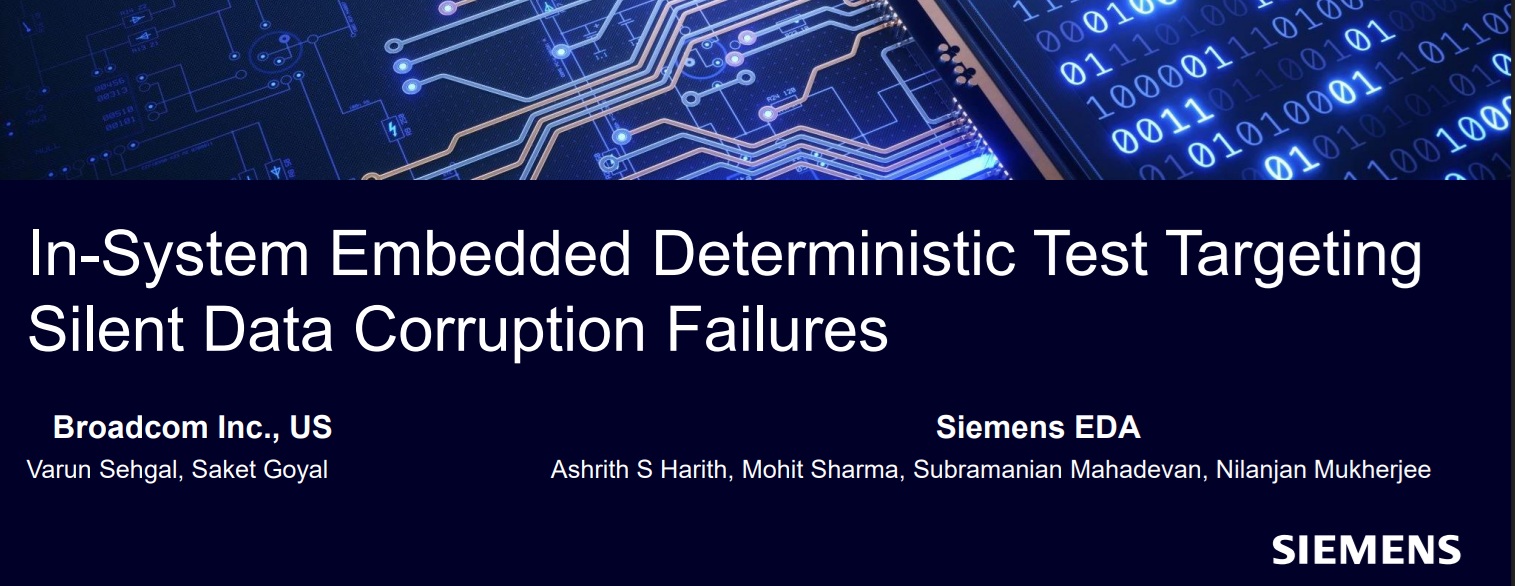 Addressing Silent Data Corruption (SDC) with In-System Embedded Deterministic TestingSilent Data Corruption (SDC) represents a critical challenge…Read More
Addressing Silent Data Corruption (SDC) with In-System Embedded Deterministic TestingSilent Data Corruption (SDC) represents a critical challenge…Read More TSMC's 6th ESG AWARD Receives over 5,800 Proposals, Igniting Sustainability PassionTaiwan Semiconductor Manufacturing Company has once again demonstrated…Read More
TSMC's 6th ESG AWARD Receives over 5,800 Proposals, Igniting Sustainability PassionTaiwan Semiconductor Manufacturing Company has once again demonstrated…Read More Tiling Support in SiFive's AI/ML Software Stack for RISC-V Vector-Matrix ExtensionAt the 2025 RISC-V Summit North America, Min…Read More
Tiling Support in SiFive's AI/ML Software Stack for RISC-V Vector-Matrix ExtensionAt the 2025 RISC-V Summit North America, Min…Read More TSMC based 3D Chips: Socionext Achieves Two Successful Tape-Outs in Just Seven Months!Socionext’s recent run of rapid 3D-IC tape-outs is…Read More
TSMC based 3D Chips: Socionext Achieves Two Successful Tape-Outs in Just Seven Months!Socionext’s recent run of rapid 3D-IC tape-outs is…Read MorePower Control Moving into Hardware
Sonics have been building networks-on-chips (NoCs) for a long time and have amassed a rich patent portfolio. So being granted a new one isn’t usually deemed press-release-worthy. However, their latest patent on power management is pretty significant. It is patent 8,601,288 titled “Intelligent Power Controller”.
Historically… Read More
Happy Birthday Xilinx
I have never done this before, wished a company happy birthday. So here goes, Happy Birthday Xilinx! How does it feel to be 30? Looking good eh? Signing up for AARP? My family and I just sang and had cake and ice cream. They did look at me like I was nuts when I set a place at the table for a Xilinx FPGA. In all seriousness, over the years Xilinx… Read More
ISO 26262 driving away from mobile SoCs
Connected cars may be starting to resemble overgrown phones in many ways, but there are critical differences now leading processor teams in a different direction away from the ubiquitous mobile SoC architecture – in turn causing designers to reevaluate interconnect strategies.
The modern car has evolved into a microcontroller… Read More
Quoting Automatically the eSilicon Way
Every ASIC company has a major challenge: they have to work out what it is going to cost to build the customer’s product and commit to deliver it at that price. Too high and you lose the business. Too low and you will wish you’d lost the business. Historically this has been done largely manually. This is an expensive process.… Read More
Will Google Design Server SoCs?
Google is search, of course, but it is also OS (Android), systems (Glass) and increasingly, maybe, hardware. Rumors are swirling that through careful acquisitions and focused internal development, Google is set to make its own server SoCs.
Google’s Larry Page has stated that they are in the hardware business. They’ve been making… Read More
I switched to Aldec Active-HDL
I have written this before, but I was a ModelSim snob. That has changed after trying Active-HDL from Aldec. I have no plans on going back to ModelSim. You ask why? Well astute reader, great question. Unfortunately these blogs are text limited and there is no way to write about all the bells and whistles of Active-HDL. So before I continue,… Read More
Intel 14nm Delayed Again?
From the sources in which I confirmed the last Intel 14nm delay, I just confirmed another. Intel 14nm is STILL having yield problems. Remember Intel bragging about 14nm being a full node and deriding TSMC because 16nm is “just” 20nm with FinFETs added? Judging by the graph, clearly FinFETs are not the problem here. … Read More
Smart Strategies for Efficient Testing of 3D-ICs
3D-IC has a stack of dies connected and packaged together, and therefore needs new testing strategies other than testing a single die. It’s given that a single defective die can render the whole of 3D-IC unusable, so each die in the stack must be completely and perfectly tested before its entry into that stack. Looking at it from a … Read More
Designing an SoC with 16nm FinFET
IC designers contemplating the transition to 16nm FinFET technology for their next SoC need to be informed about design flow and IP changes, so TSMC teamed up with Cadence Design Systems today to present a webinar on that topic. I attended the webinar and will summarize my findings.
Shown below is a 3D layout concept of an ideal FinFET… Read More


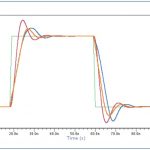

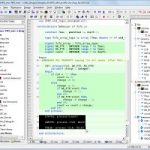
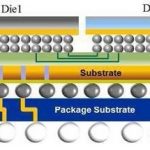
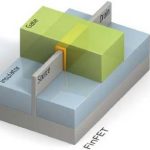
Quantum Advantage is About the Algorithm, not the Computer